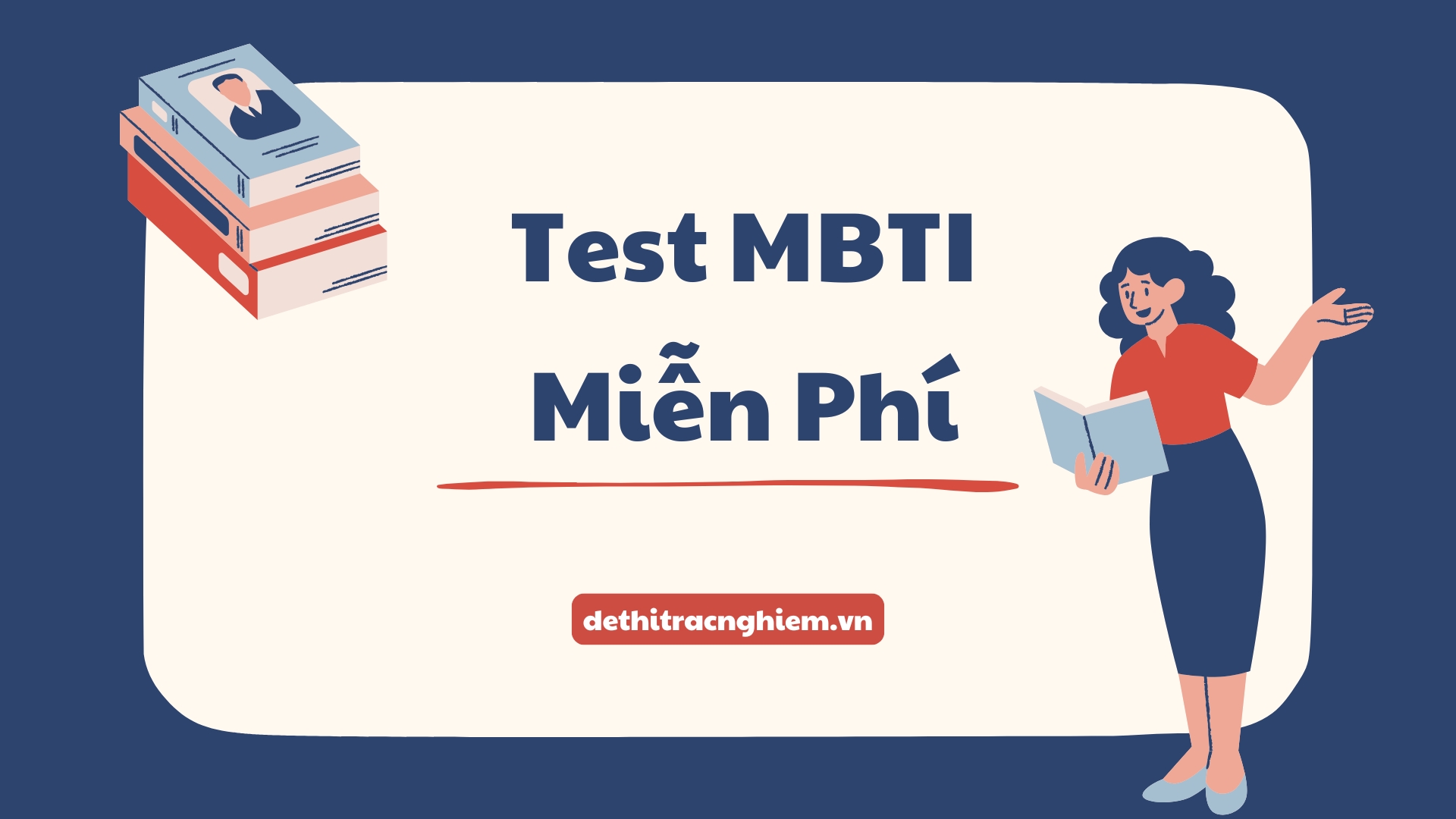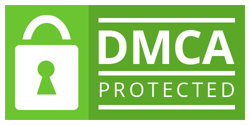Trắc Nghiệm Quản Trị Logistics Tiếng Anh là bộ đề ôn tập dành cho sinh viên ngành Logistics và Chuỗi cung ứng tại các trường đại học có chương trình giảng dạy tiếng Anh (ví dụ: IUH – Industrial University of Ho Chi Minh City, UEL – University of Economics and Law, v.v.). Đề đại học được biên soạn bởi ThS. John Nguyễn – giảng viên khoa Quản trị Kinh doanh bằng tiếng Anh, năm 2024. Nội dung đề thi bằng tiếng Anh bao gồm các chủ đề trọng tâm của Quản trị Logistics như: chiến lược logistics toàn cầu, thiết kế mạng lưới chuỗi cung ứng, quản lý tồn kho, vận tải đa phương thức, dịch vụ khách hàng và ứng dụng công nghệ trong logistics. Các câu hỏi được trình bày dưới dạng trắc nghiệm khách quan (multiple‑choice), giúp sinh viên luyện tập kỹ năng đọc hiểu chuyên ngành tiếng Anh và làm quen với cấu trúc đề chuẩn quốc tế.
Bộ trắc nghiệm quản trị logistics hiện có trên dethitracnghiem.vn, nền tảng ôn luyện trực tuyến hỗ trợ người học làm bài không giới hạn, lưu đề yêu thích và theo dõi tiến độ học tập qua biểu đồ thống kê trực quan. Mỗi câu hỏi đều đi kèm đáp án và giải thích chi tiết bằng tiếng Anh, giúp tăng cường khả năng phân tích chuyên môn và cải thiện trình độ tiếng Anh chuyên ngành. Đây là tài liệu hữu ích cho sinh viên muốn chuẩn bị kỹ hơn cho các kỳ kiểm tra học thuật, phỏng vấn chuyên môn hoặc chứng chỉ liên quan đến logistics và chuỗi cung ứng.
Hãy cùng dethitracnghiem.vn khám phá bộ đề này và kiểm tra ngay kiến thức của bạn!
Trắc Nghiệm Quản Trị Logistics Tiếng Anh
Question 1. Which statement best distinguishes Logistics Management from Supply Chain Management (SCM)?
A. SCM is solely focused on transportation and warehousing activities.
B. Logistics is a broader concept that includes manufacturing and product development.
C. Logistics management is a component of SCM that focuses on the flow and storage of goods.
D. SCM and Logistics are identical terms with no significant operational differences.
Question 2. The “7 Rights” of Logistics aims to provide the right product, in the right quantity, in the right condition, at the right place, at the right time, to the right customer, and at the…
A. Right speed
B. Right promotion
C. Right cost
D. Right supplier
Question 3. The primary goal of inbound logistics is to:
A. Ensure a smooth and cost-effective flow of materials from suppliers to the manufacturer.
B. Manage the final delivery of finished products to the end consumers.
C. Handle customer returns and the process of product recycling.
D. Develop marketing strategies for new product launches.
Question 4. A company reduces its inventory levels, which leads to lower holding costs but an increase in stockout situations. This situation illustrates the trade-off between:
A. Transportation cost and inventory cost.
B. Customer service level and inventory cost.
C. Warehousing cost and order processing cost.
D. Production speed and transportation mode.
Question 5. Which of the following is considered a primary activity in a logistics system?
A. Financial accounting
B. Human resource management
C. Customer service standards
D. Marketing research
Question 6. Which mode of transport offers the highest speed and is most suitable for high-value, low-weight goods over long distances?
A. Road
B. Air
C. Rail
D. Water
Question 7. Intermodal transportation is best described as:
A. Using a single transportation company for all domestic shipments.
B. A system where customers pick up their own goods from a central hub.
C. Transporting goods exclusively by either truck or train, but not both.
D. The movement of freight in a container using more than one mode of transport.
Question 8. What is the primary function of a Bill of Lading (B/L)?
A. It serves as a receipt for goods, a contract of carriage, and a document of title.
B. It acts as an invoice detailing the total cost of the goods.
C. It is a marketing document used to promote the shipping company.
D. It is an internal company report on warehouse efficiency.
Question 9. The practice of “freight consolidation” involves:
A. Shipping every order separately to ensure maximum delivery speed.
B. Combining multiple smaller shipments into one larger load to reduce costs.
C. Using only the most expensive transportation mode available.
D. Reducing the packaging materials used for each individual product.
Question 10. In transportation, what does “LTL” stand for?
A. Long-Term Load
B. Low-Tonnage Logistics
C. Less-Than-Truckload
D. Local Transport Link
Question 11. A warehouse that receives large shipments from various suppliers and then combines these into smaller, specific orders for individual customers is performing which function?
A. Risk pooling
B. Reverse logistics
C. Break-bulk and consolidation
D. Product marketing
Question 12. The type of inventory held to protect against uncertainties in demand and lead time is called:
A. Cycle stock
B. In-transit stock
C. Obsolete stock
D. Safety stock
Question 13. Which of the following is considered a primary inventory holding (carrying) cost?
A. Cost of capital tied up in the inventory.
B. Cost of processing a purchase order with a supplier.
C. Transportation costs from the supplier’s factory.
D. Lost sales due to a product being out of stock.
Question 14. The Economic Order Quantity (EOQ) model aims to find the optimal order size that:
A. Maximizes the total inventory holding costs.
B. Minimizes the sum of inventory holding costs and ordering costs.
C. Eliminates the possibility of a stockout completely.
D. Reduces the purchasing price of the goods to zero.
Question 15. A cross-docking warehouse primarily focuses on:
A. Long-term storage of seasonal goods.
B. The rapid movement of products from receiving to shipping with minimal storage time.
C. Manufacturing and light assembly of products.
D. Serving as a showroom for retail customers.
Question 16. In inventory management, the “ABC analysis” is a method used to:
A. Classify inventory items based on their value and importance.
B. Calculate the exact lead time for every product.
C. Determine the best transportation mode for shipping.
D. Assign employees to different warehouse zones.
Question 17. The complete time from when a customer places an order until the goods are received and paid for is known as the:
A. Production cycle
B. Order cycle time
C. Supplier lead time
D. Inventory turnover
Question 18. A key objective of the procurement function in logistics is to:
A. Secure a reliable supply of materials at the lowest total cost.
B. Design the packaging for the final product.
C. Set the final selling price for consumers.
D. Manage the company’s internal payroll system.
Question 19. When selecting a supplier, which factor is typically considered a qualitative measure?
A. Price per unit
B. Delivery lead time in days
C. Supplier’s technological capabilities
D. Minimum order quantity
Question 20. What is the first step in the typical order management process?
A. Order picking and packing
B. Shipment of the order
C. Invoicing the customer
D. Order receipt and entry
Question 21. A company that outsources its warehousing and transportation activities to a specialized firm is using a:
A. Fourth-Party Logistics (4PL) provider
B. Supplier
C. Customer
D. Third-Party Logistics (3PL) provider
Question 22. A Warehouse Management System (WMS) is a software application designed to:
A. Track shipments after they have left the warehouse.
B. Manage and optimize day-to-day warehouse operations.
C. Process customer payments and financial transactions.
D. Analyze competitor pricing strategies.
Question 23. Which of the following is a key strategic factor in deciding where to locate a new distribution center?
A. The personal preference of the company’s CEO.
B. The color of the proposed building.
C. Proximity to key markets and transportation infrastructure.
D. The number of competitors in the immediate vicinity.
Question 24. The term “Total Logistics Cost” refers to:
A. The cost of transportation only.
B. The purchase price of raw materials from suppliers.
C. The marketing budget for a specific product line.
D. The sum of all costs related to logistics activities, considering trade-offs.
Question 25. A 4PL (Fourth-Party Logistics) provider differs from a 3PL provider in that it primarily:
A. Acts as a strategic integrator, managing multiple 3PLs and the entire supply chain.
B. Owns a large fleet of trucks and warehouses.
C. Focuses only on international freight forwarding.
D. Provides raw materials for the manufacturing process.
Question 26. Reverse logistics is concerned with:
A. The flow of goods from the supplier to the manufacturer.
B. The movement of goods from the producer to the final consumer.
C. The flow of returned products, recycling, and disposal from the point of consumption.
D. Planning the most direct route for outbound shipments.
Question 27. Which of the following represents a significant challenge in global logistics compared to domestic logistics?
A. The use of a single, universally accepted currency.
B. Greatly simplified and uniform customs and documentation procedures.
C. Increased variability in transportation lead times and costs.
D. The consistent application of labor laws across all countries.
Question 28. What is the primary purpose of Incoterms in international trade?
A. To define the universal quality standards for all manufactured goods.
B. To provide a set of standard rules that define the responsibilities of sellers and buyers.
C. To dictate the exact shipping schedule that must be followed.
D. To set the international prices for all commodities.
Question 29. An example of a “value-adding” activity in reverse logistics is:
A. Disposing of a broken product in a landfill.
B. Storing returned goods indefinitely without inspection.
C. Refurbishing a returned electronic device for resale.
D. Ignoring customer complaints about defective products.
Question 30. A key driver for the increasing importance of reverse logistics is:
A. A desire to increase waste and environmental impact.
B. Growing environmental regulations and a focus on sustainability.
C. The decreasing number of products being sold online.
D. A trend towards single-use, non-recyclable products.




